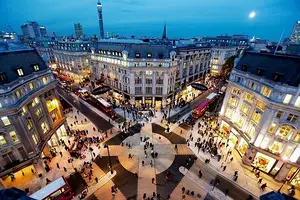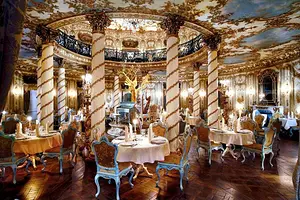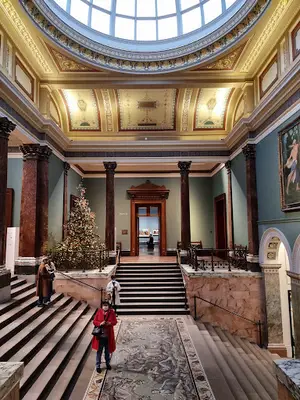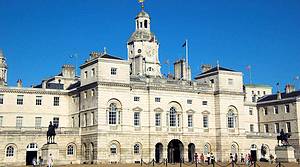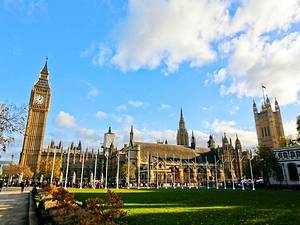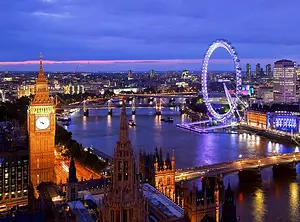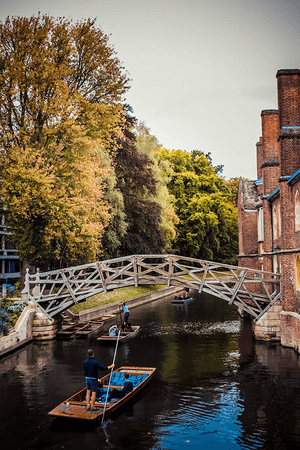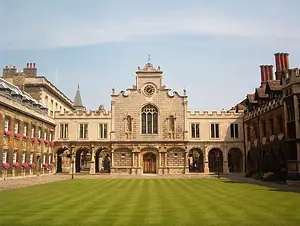Wellington Arch, A Triumph of History and Artistry
Hyde Park Corner W1
3.9
Introduction
The Wellington Arch, located at the southeast corner of Hyde Park in central London, is a historically significant building also known as the "Constitution Arch." Built in 1825, this marble triumphal arch was constructed to commemorate Britain's victory in the Napoleonic Wars. The arch features reliefs and statues, including a statue of the Duke of Wellington on horseback, designed from a captured cannon at the Battle of Waterloo. This statue caused controversy and ridicule upon its completion, as it weighed 40 tons and stood nearly 9 meters tall.
Different people had differing opinions, including planner Decimus Burton, who attempted to veto the project, preferring a design featuring a quadriga. Queen Victoria also disliked the statue, considering it a blight on the skyline near Buckingham Palace, and recommended it be moved. However, the Duke of Wellington refused to let this happen. After his death, the statue was moved to the military town of Aldershot in northeast London.
The designer of the arch, Decimus Burton, later used a giant bronze statue designed by Adrian Jones, depicting the Duke of Wellington driving his Victory chariot, pulled by four galloping horses led by the Angel of Peace, to replace the statue. The arch was moved to its current location in the center of a traffic island, at the western end of Constitution Hill. There are 111 reliefs within the arch's central dome. The arch is one of London's iconic buildings and is a prime location for viewing the Household Cavalry, which passes by it daily. Address Hyde Park Corner W1
Opening hours Closed on Monday and Tuesday, Open from 10:00 to 16:00 on Wednesday to Sunday.
 The Wellington Arch is known as the Constitution Arch
The Wellington Arch is known as the Constitution Arch


